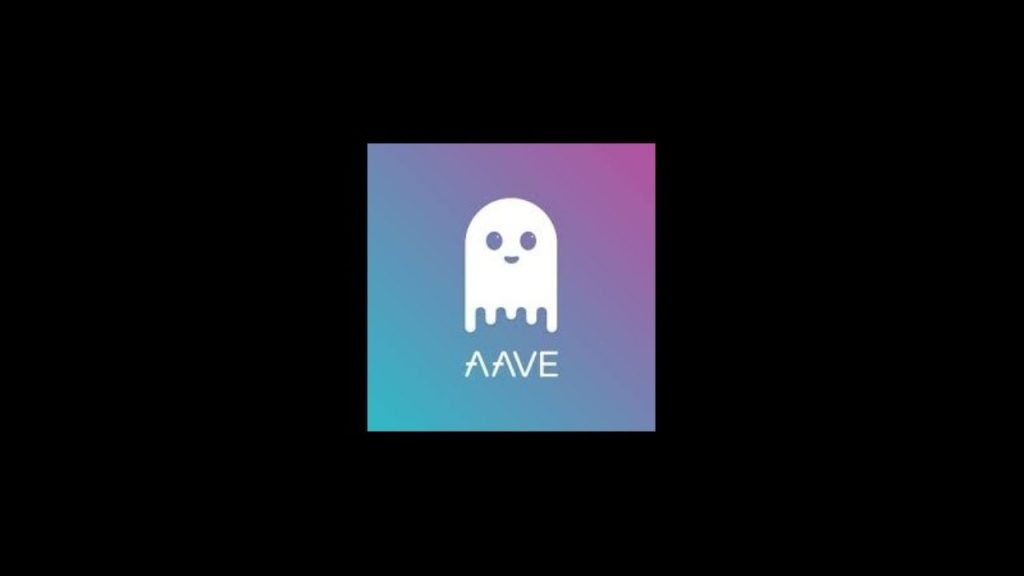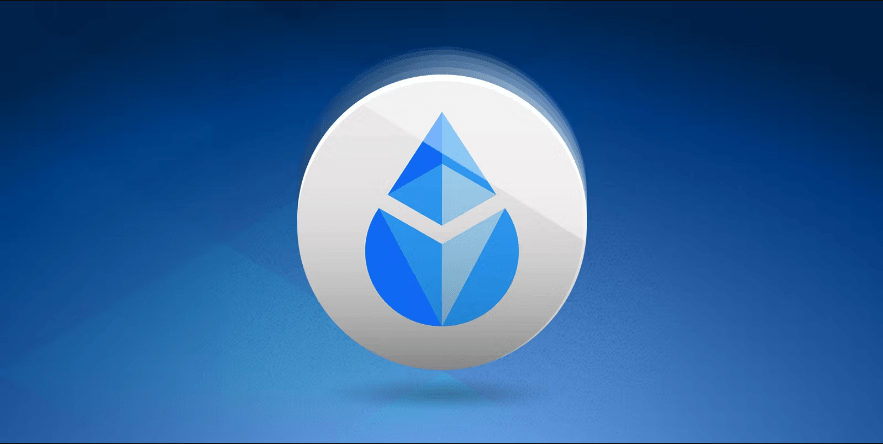Aave review
5 min readTable of Contents
Aave is a DeFi lending protocol that enables users to lend and borrow a diverse range of cryptocurrencies using both stable and variable interest rates.

In addition to the typical features seen on protocols like Compound, Aave includes notable distinguishing features such as uncollateralized loans, “rate switching”, Flash Loan and unique collateral types.
Aave leverages a native token – LEND – that provides holders with discounted fees. In the near future, LEND will also be staked for governance and as a first line of defense for outstanding loans.
Aave has seen significant growth in 2020, most of which can be tracked using Aave Watch – a tool to monitor key metrics like borrows and fees collected. Similarly, users can check out Aave Burn to see how many protocol fees have been used to burn LEND off the open market.
Aave Lending Rates
| Symbol | Interest | 30D Avg Rate | |
|---|---|---|---|
| BAT | 28.32% | 4.05% | |
| BNB | 0.8% | 3.52% | |
| DAI | 2.52% | 4.31% | |
| ENJ | 0.18% | 0.37% | |
| ETH | 0.01% | 0.12% | |
| KNC | 44.02% | 4.44% | |
| LEND | 0% | 0% | |
| LINK | 0% | 0.73% | |
| MANA | 0% | 0% | |
| MKR | 0% | 7.86% | |
| REN | 0.11% | 0.01% | |
| REP | 0.3% | 0.25% | |
| SNX | 1.58% | 6.94% | |
| SUSD | 2.82% | 6.45% | |
| TUSD | 0.27% | 0.17% | |
| USDC | 0.82% | 1.47% | |
| USDT | 0.38% | 1.54% | |
| WBTC | 0.01% | 0.09% | |
| ZRX | 0.04% | 0.03% |
Background
Aave was originally launched as ETHLend, a lending platform that was founded in 2017 by Stani Kulechov.
The ETHLend ICO held in November 2017 raised $600,000 worth of Ether in exchange for 1 billion LEND tokens.
ETHLend was rebranded to Aave in September 2018, with the intent to integrate a wider variety of platform features that we described above.
Why Aave?
Aave offers the most diverse range of DeFi collateral of any lending protocol on the market. Backed by strong liquidity and the opportunity to protect against smart contract risk using Nexus Mutual, we’ve seen Aave carve out a significant market share in the DeFi lending market in 2020.
Flash Loans
Flash loans have quickly become one of the main selling points for Aave – namely due to the fact that they require zero collateral to use!
Instead of guaranteeing repayment with collateral, Flash Loans simply rely on the timing of the loan’s repayment. As long as the loan is used and paid back in full within the same block it was issued, it is approved. On the other hand, if the loan is not paid back within the same block, the entire transaction fails.
Aave charges a 0.30% fee on flash loans – giving it a steady revenue stream as the demand for unique Flash Loan features – like Automated Maker Vault Management – grows.
Flash loans open the doors for safe and secure arbitrage opportunities at virtually no cost to the user.
Flexible Rates
Whereas other lending platforms tend to lock users into fixed or variable interest rates, Aave’s rate-switching function allows users to switch between two different types of rates. This allows them to get the best interest rate on their loans, by choosing between “stable” and “variable” interest rates.
Backed by a new interest rate model, Aave has seen strong growth in the demand for stable rate loans since it’s deployment in May of 2020. Similarly, users can also take out a leveraged position on their Aave interest rate using Swap Rate – adding a unique degree of composability to the management of variable and fixed lending rates.
It should be noted that these stable rates are not fixed interest rates. Rather, they are a more stable form of variable interest rate, which is more constant and less susceptible to market fluctuations.
Unique Collateral
Outside of common DeFi tokens like ETH, DAI and USDC, Aave will soon add the ability for users to take out borrowed positions on fee-collecting tokens like Uniswap LP tokens and TokenSets. This means users could take out a loan against a position that is earning them revenue – without having to sacrifice the opportunity cost of being unable to enter those positions in order to take advantage of crypto lending and borrowing.
How to Lend on Aave
To get started with Aave, visit https://app.aave.com/ and connect using a web 3.0 wallet such as Metamask, Coinbase Wallet or Fortmatic.
To deposit funds, select an asset and enter the amount you wish to lend. From here, simply approve Aave’s access to the chosen asset, and sign the transaction for the deposit.
Your deposited funds will then be supplied to the lending pool, and you can monitor your accrued interest in real-time in the Aave app dashboard.
When supplying capital to Aave, users receive aTokens which function similarly to Compound Finance’s cTokens – granting you an interest-earning asset which marks a pro-rata claim on the underlying capital pool.
Unlike cTokens, however, each aToken retains a value equivalent to that of the underlying asset. For example, one aDAI token will always have the same value as a real DAI token. Rather than having aTokens appreciate in value with interest (as with cTokens), the number of aTokens in your balance will increase instead.
This meme from Aave depicts the process pretty well.
Please keep in mind that each asset has a different collateral requirement, due to differences in price volatility. Stablecoins provide the greatest loan-to-value ratios, due to their inherent price stability. To learn more about Aave’s grading process, check out their Risk Framework.
Each asset on Aave has two independent interest rates: A stable rate, and a variable rate. Users can switch between the two however they’d like.
Aave Pay
Aave Pay allows Europe-based users to pay for everyday items in fiat currency, using their cryptocurrency balance.
Users can take a loan out via Aave and send fiat currency to any bank account – all without directly cashing out their cryptocurrency holdings.
The service currently only supports the Euro.
LEND Utility
Aave’s native token – LEND – is an ERC20 token with a total supply just shy of 1,300,000,000. (1,000,000,000 of which was sold in the ICO)
LEND was originally used as a utility token within the ETHLend platform. It provided users with a variety of benefits including reduced fees, improved loan-to-value ratios, and staking rewards.
However, as ETHLend shut down and was replaced by Aave, the LEND token took on additional use-cases including platform governance as it moves toward a more decentralized model.
LEND holders are able to vote on proposals made by the development team, as well as economic parameters including interest rates, liquidation configurations, and new assets.
The protocol is currently using roughly 80% of platform fees to burn LEND tokens on the open market. This implies that the LEND supply will consistently be decreasing, which may improve token value over time.
Moving forward, LEND will see increased staking utility to support protocol governance, including a claim on protocol fees in exchange for acting as the first line of defense in the case of liquidity events by malicious borrowers.
Supported Assets on Aave
Aave supports nearly 20 Ethereum-based assets including but not limited to:
Basic Attention Token (BAT), Dai (DAI), Ethereum (ETH), Kyber Network (KNC), Aave (LEND), ChainLink (LINK), Decentraland (MANA), Maker (MKR), Augur (REP), Synthetix (SNX), TrueUSD (TUSD), USD Coin (USDC), Tether (USDT), Wrapped BTC (WBTC), 0x (ZRX), and Synthetix USD (SUSD).
Get Involved
If you’re interested in staying up to date with the latest Aave news, you can follow their Twitter or join the conversation on Discord.
DefiRate
For in-depth blog posts and platform updates, check them out on Medium.







